![]() Russia Standard Housing: Unpredictable City
Russia Standard Housing: Unpredictable City
Team: Peeraya Suphasidh, Matthieu Boustany, Benoist Desfonds, & A2OM
Program: Standard Housing
Location: Russia Major Cities
Area: 30,000m2
Status: Competition 3rd Prize
The “Unpredictable City” positions itself as an urban tool to stimulate local culture with economical strategy and an ecological solution.
The new housing standards question the existing conditions and provoke a critical look into the current city quality. How can a mid-rise urban block contribute to the uniqueness of the neighborhood with a distance away from the city center? The success of the development cannot solely depend on its connectivity to the urban transportation network alone, the project must also be able to generate activity and productivity within its limit in order to sustain a lively community. The project claims a maximum programmatic diversity within its dense perimeter while its “non-housing” areas are invested on cultural and public programs.
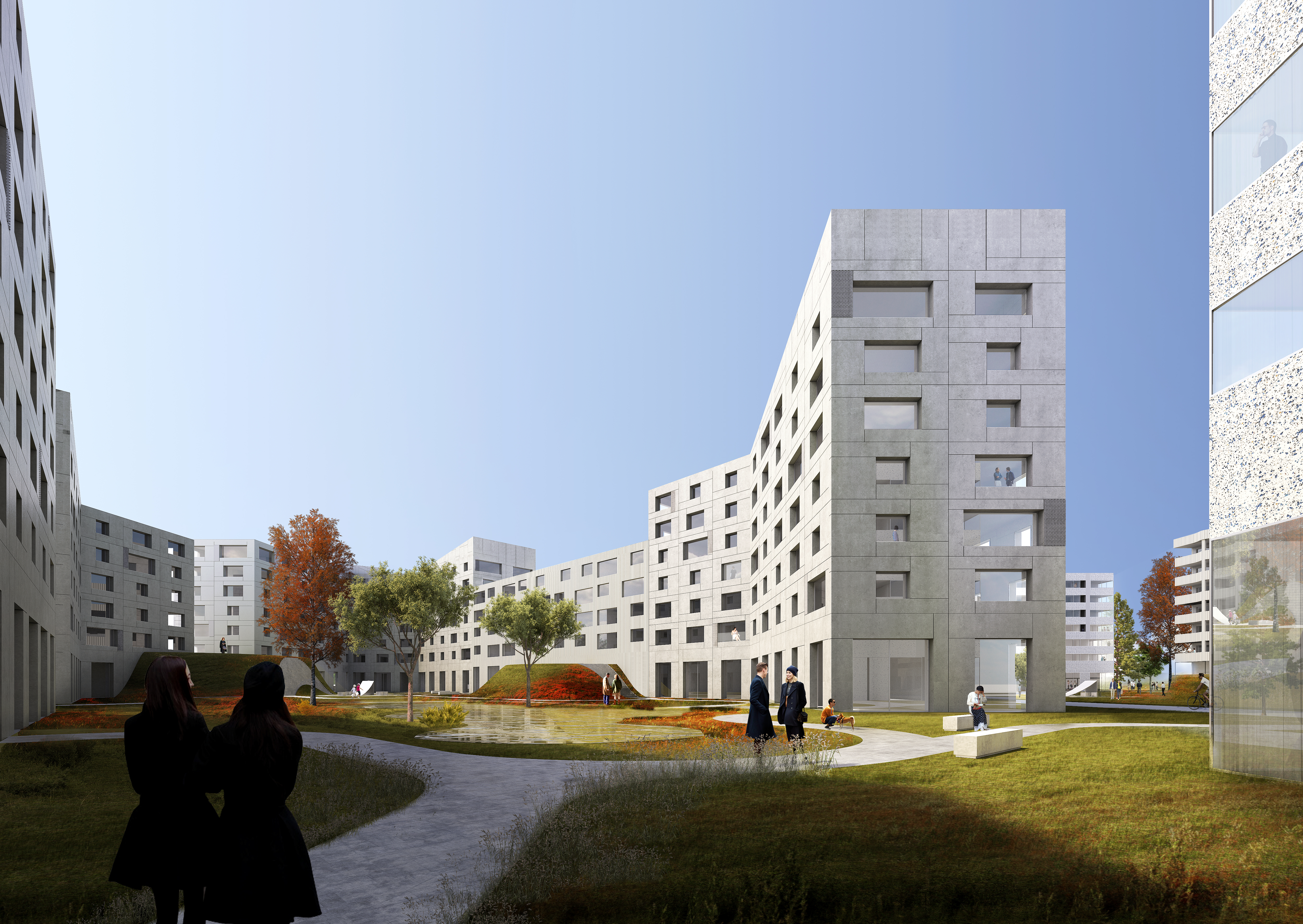
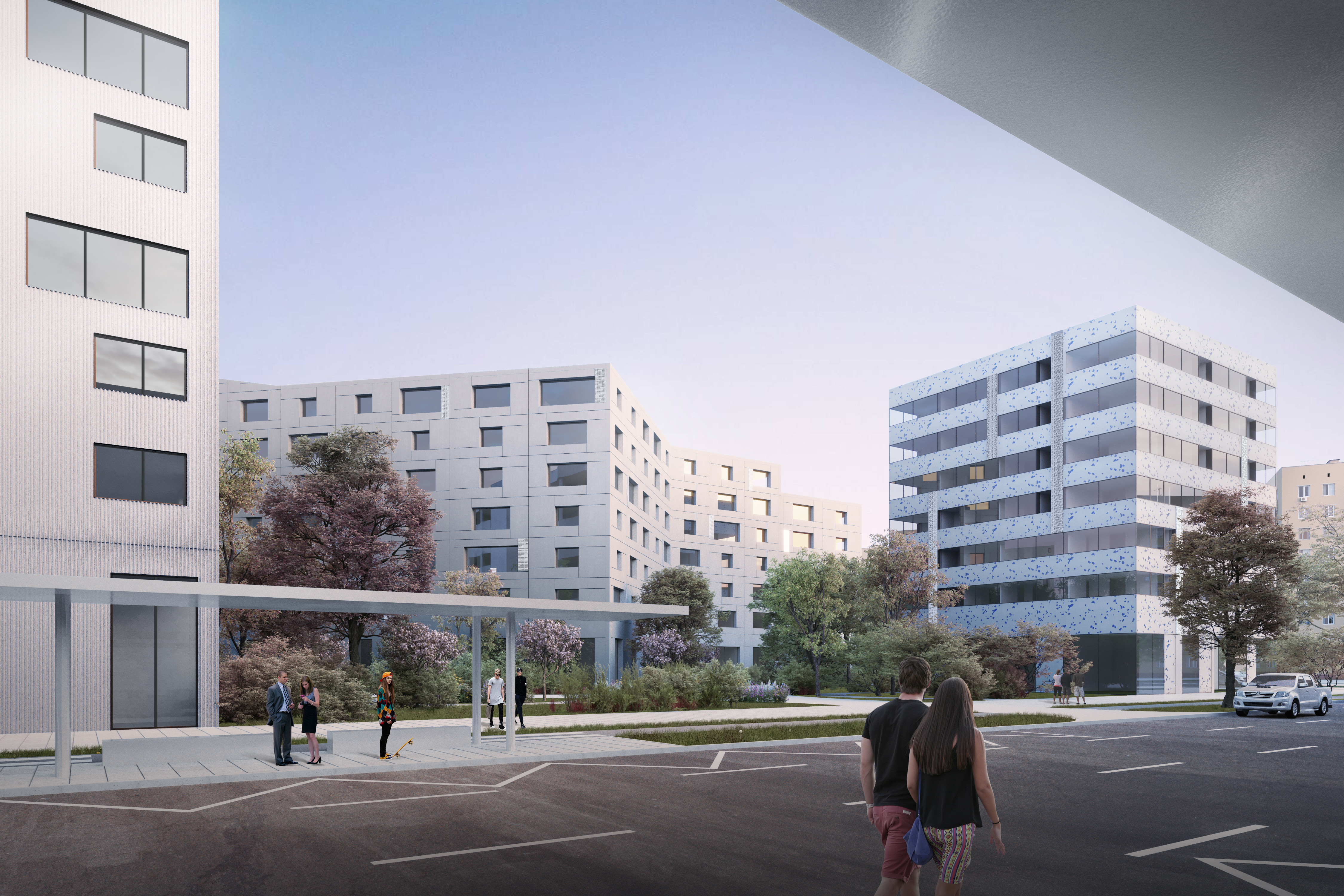
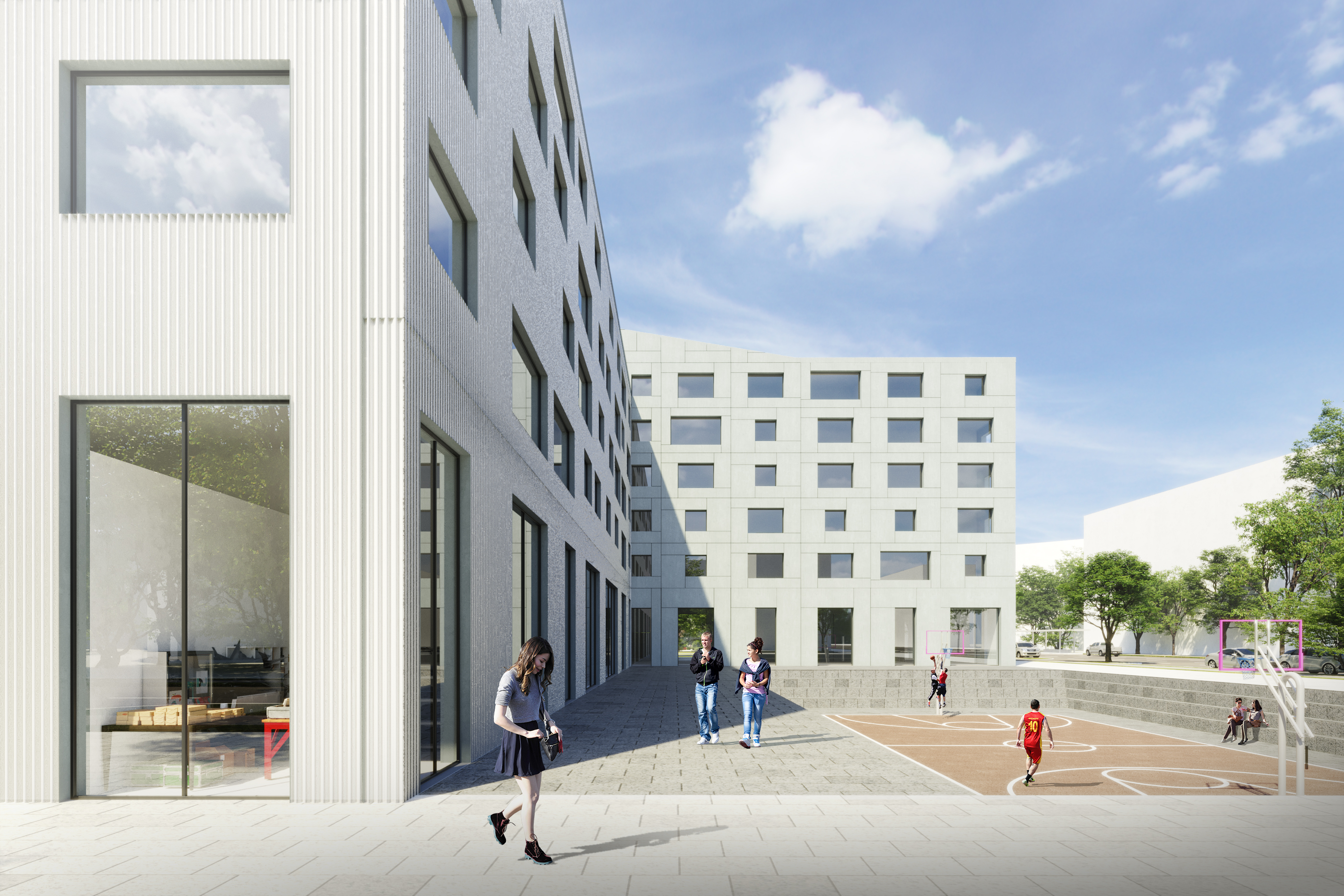
The recent decision to renew a wide range of decrepit housing districts provides a window of opportunity to reconsider the approach to Russian housing situation. Our ambition is to make a shift from the fast-pace Russian building industry and to a more sensitive development that are flexible in configuration of both public spaces and personal amenities. By introducing timber construction as a standard for collective housing, Russia is prompted to become new world leader in sustainable building in the near future. Using timber as an alternative primary building material will also contribute to the overall increase in housing quality. Being more flexible than concrete, wood-based material allows for easy reconfigurations and is more suitable for making prefabricated elements.
Underlying System
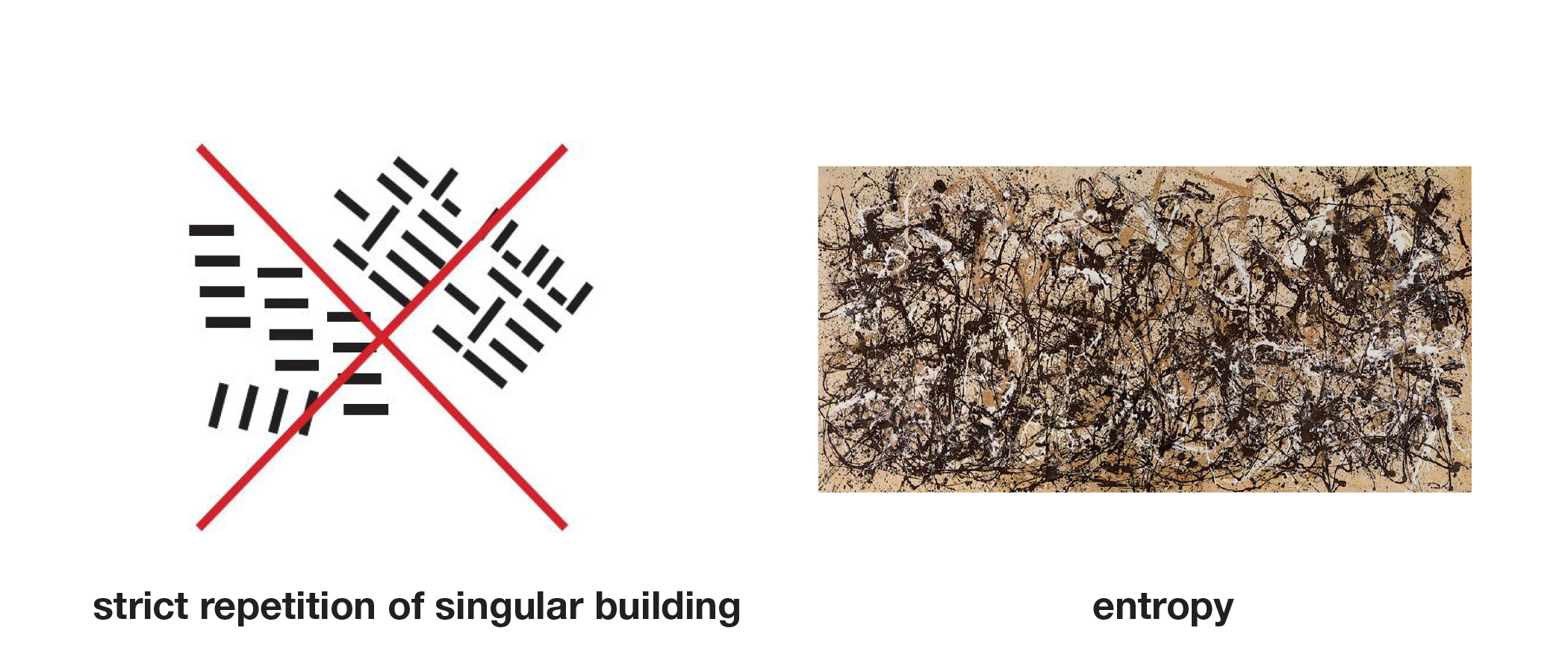



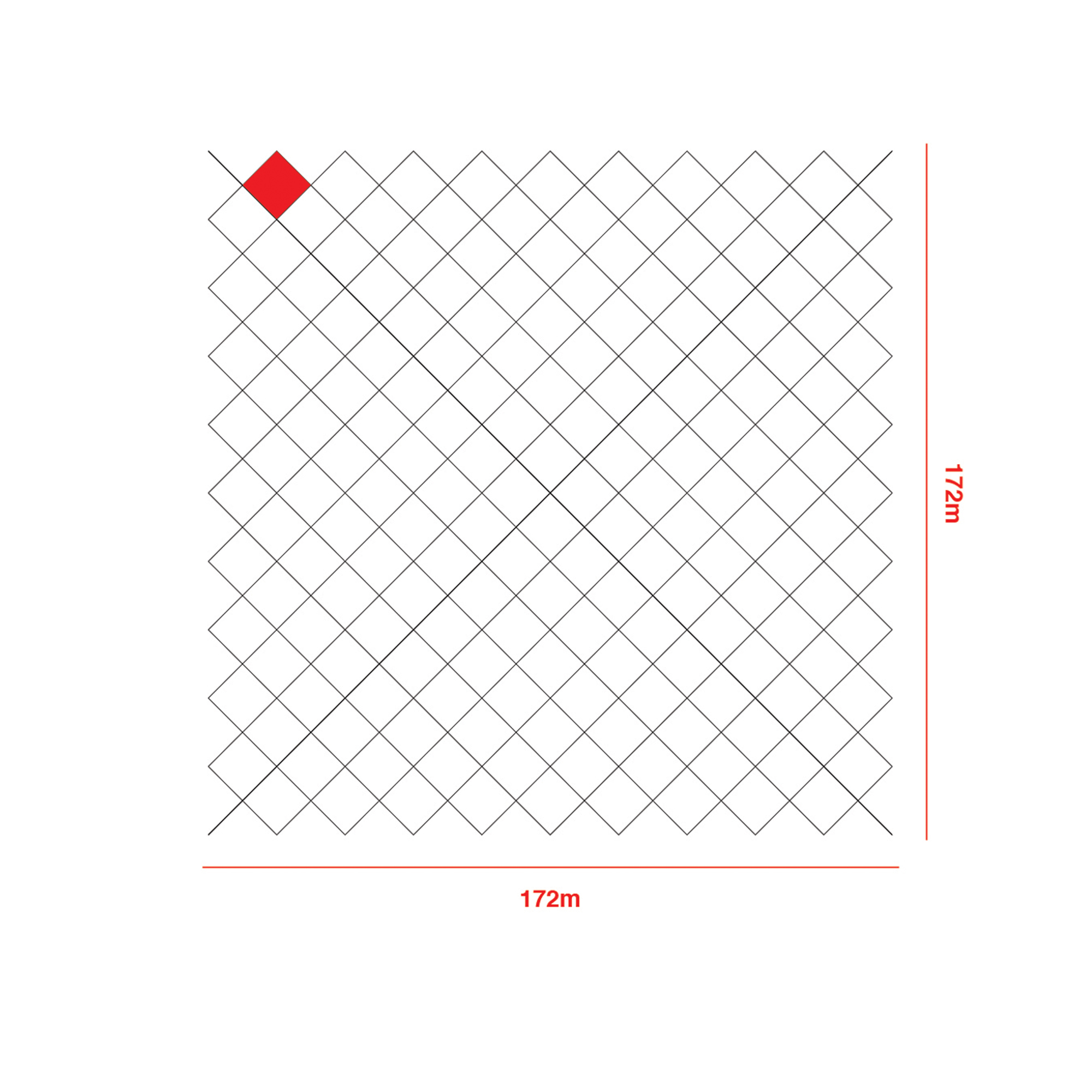
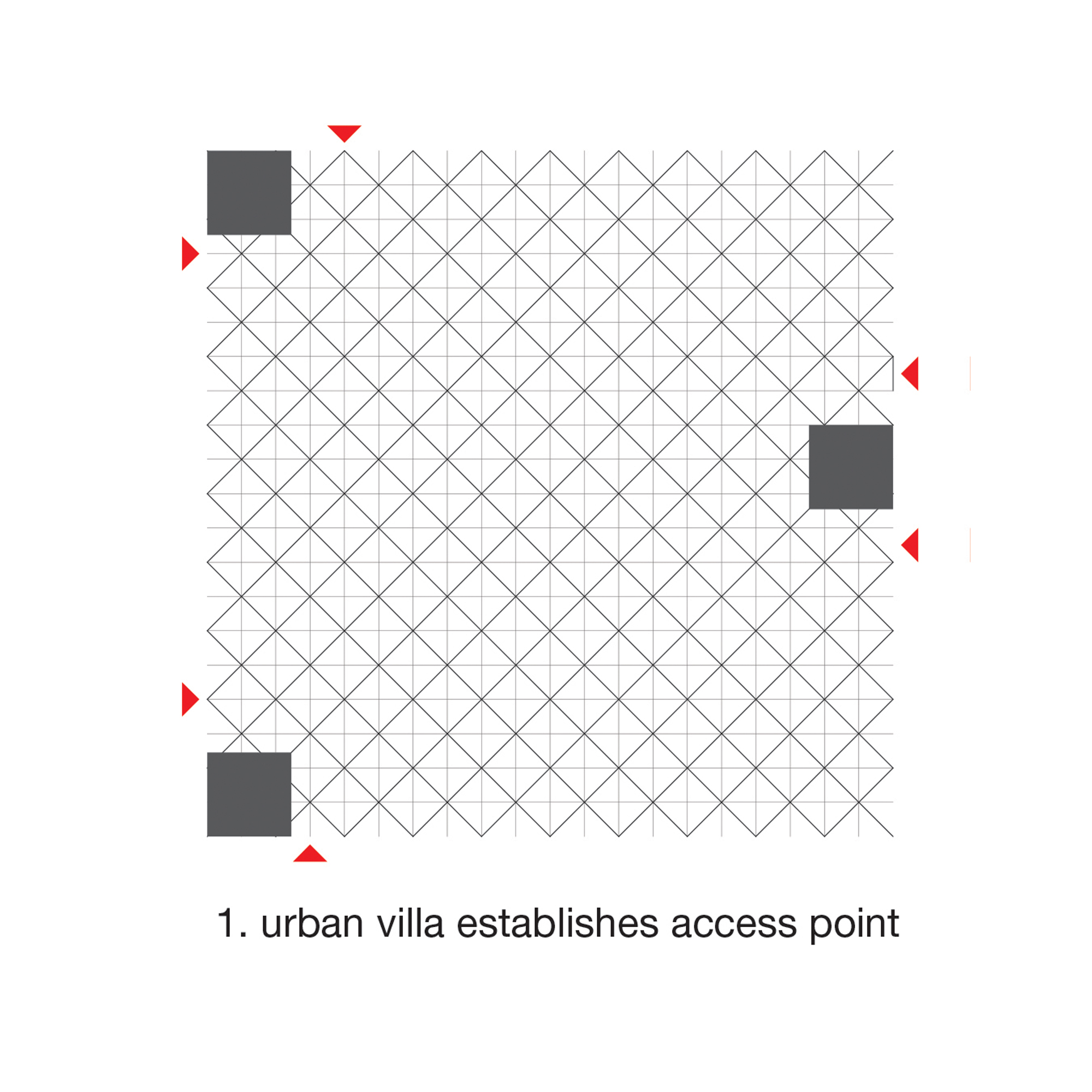
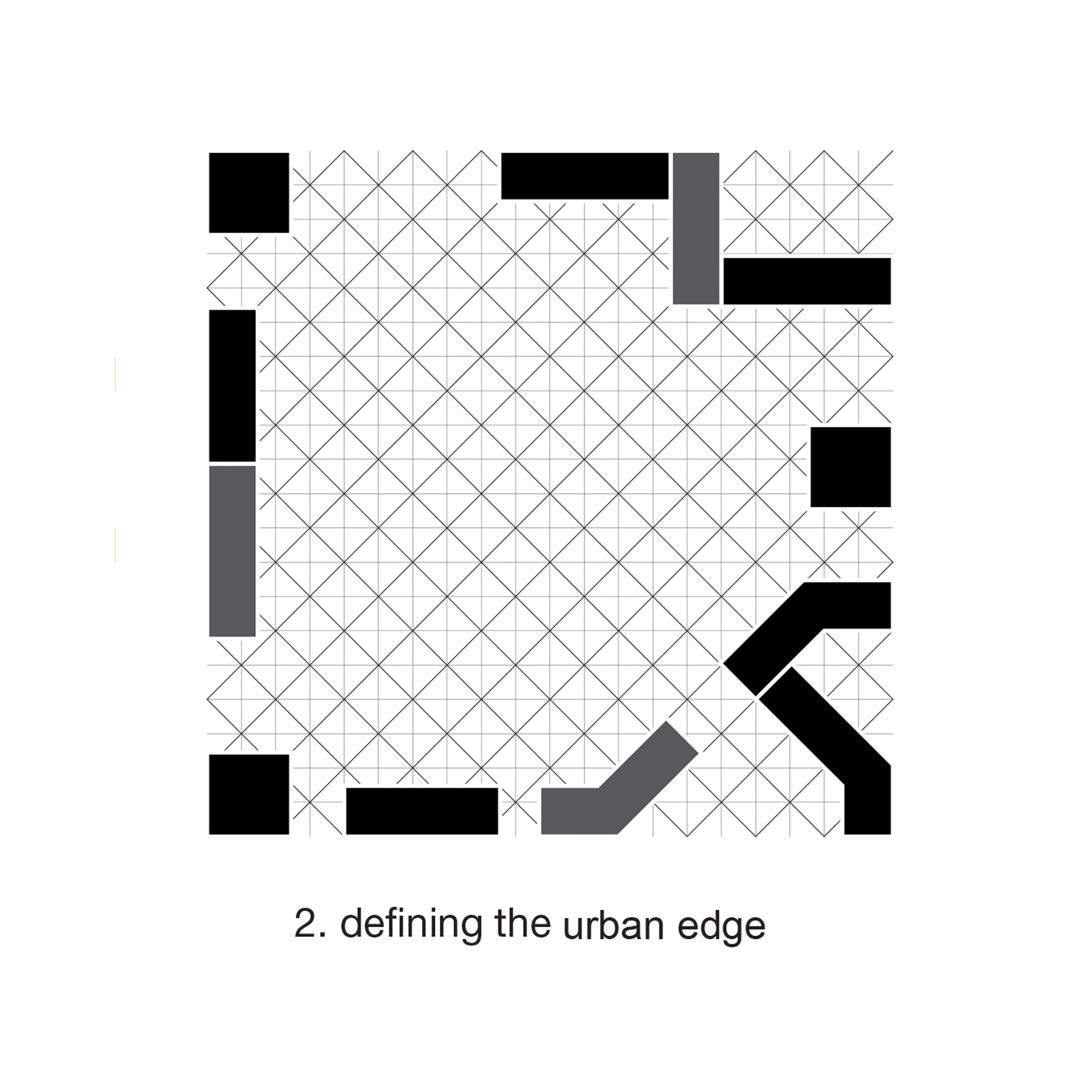





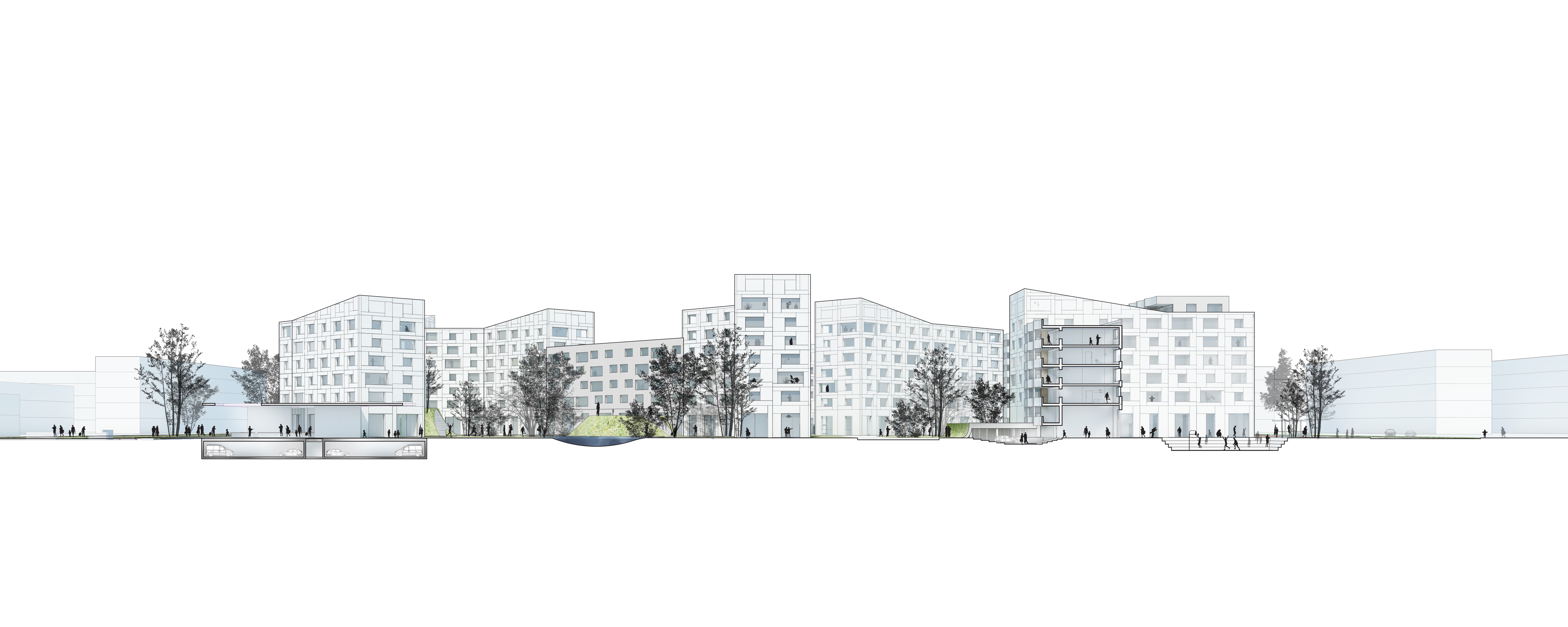
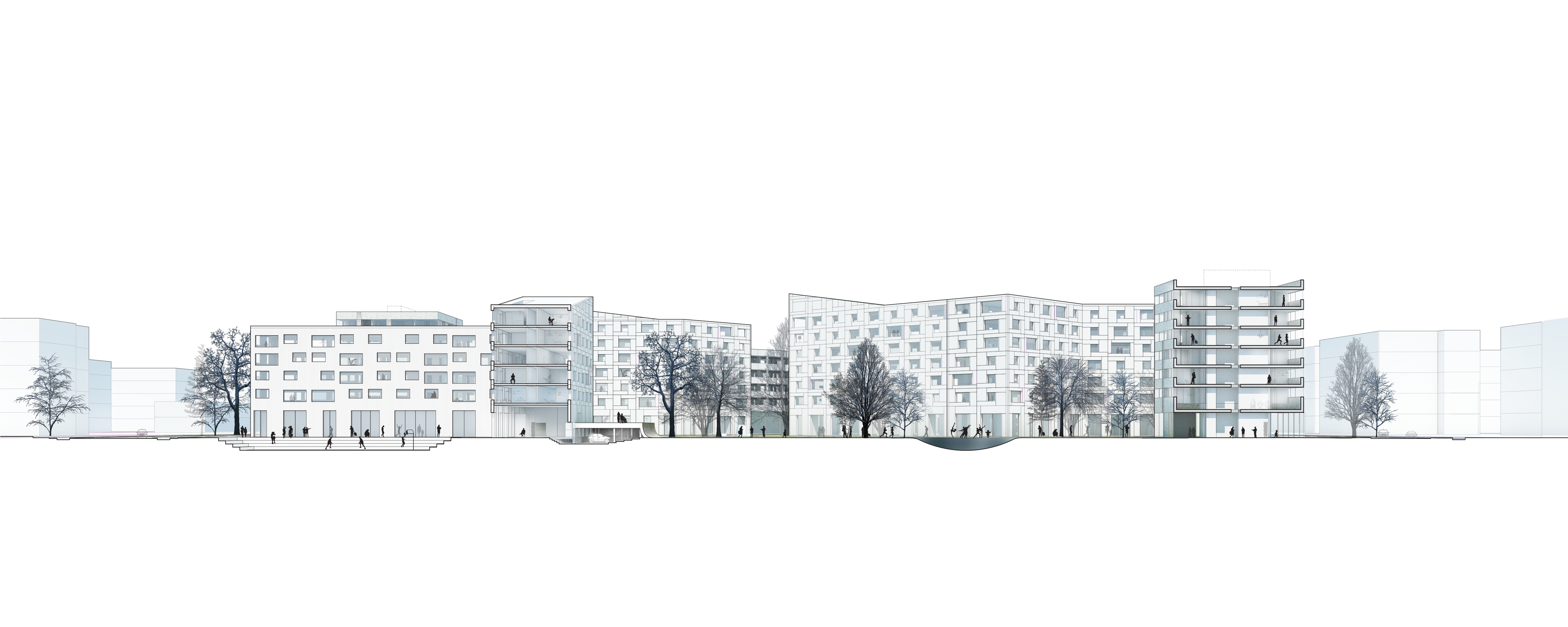
Urban Rooms
Following an intense period of rapid privatization of land, an urgency to provide a quality public space for its citizens emerges for the most of Russian cities. The unpredictable city creates conditions where numbers of programs can be placed together with the dense housing requirements. The urban rooms respond to the specific needs and interest of the surround district and can be used for both temporary situations and permanent structures. Additionally, it can offer a much-needed new green area to the city that surrounds it.
The proposed plan generates multiple scales of urban rooms dedicated to various public usages such as commercial, leisure and public functions. Both the residents of the block and city pedestrian can freely share this new space and are free to interact with one another.

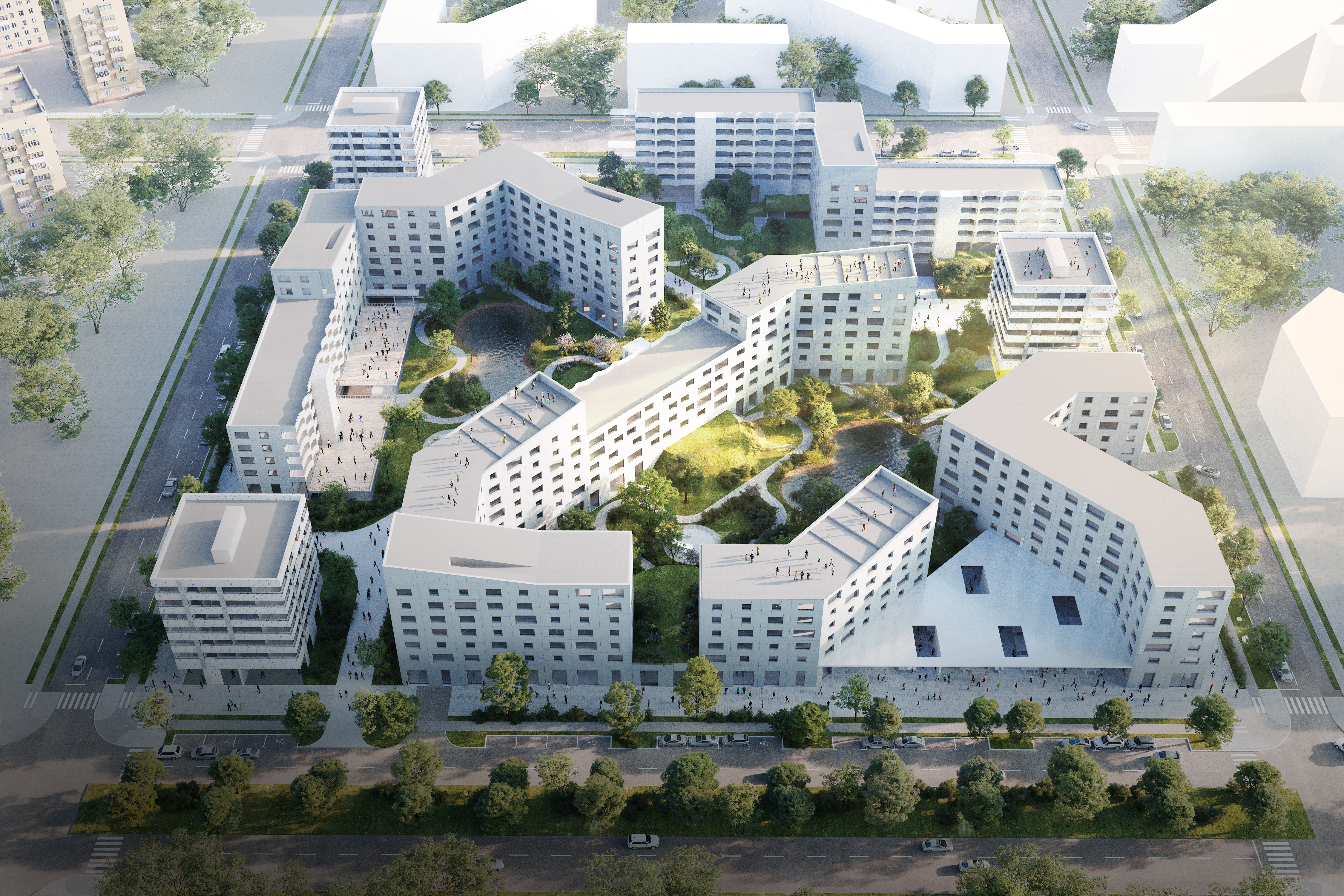 Russia Standard Housing: Unpredictable City
Russia Standard Housing: Unpredictable City